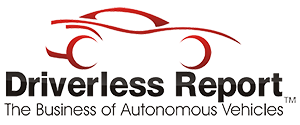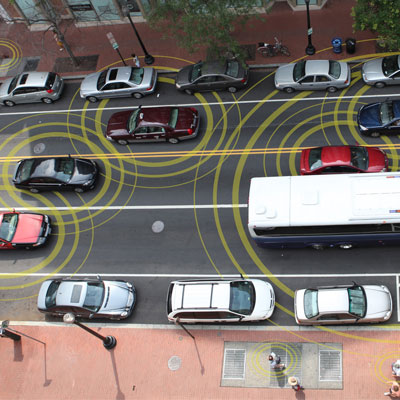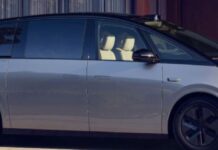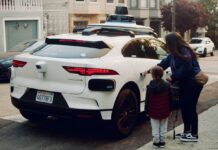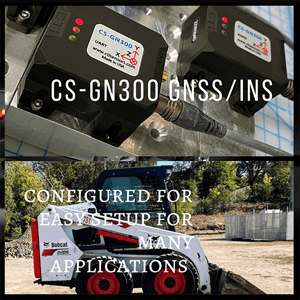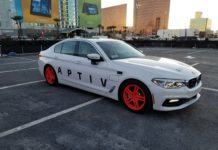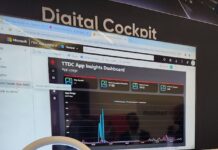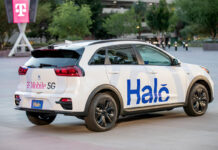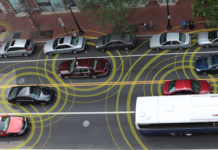Imagine a world where vehicles could ‘talk’ to each other and to the surrounding environment to help keep their drivers and their passengers safe.
Toyota and Lexus want to advance that conversation, which is why the companies plan to start deployment of Dedicated Short-Range Communications (DSRC) systems on vehicles sold in the United States starting in 2021, with the goal of adoption across most of its lineup by the mid-2020s. Toyota and Lexus plans to introduce DSRC represent a significant step forward in creating a safer and more efficient driving ecosystem while advancing connected and automated technology deployment.
“By allowing vehicles’ intelligent systems to collaborate more broadly and effectively through DSRC technology, we can help drivers realize a future with zero fatalities from crashes, better traffic flow and less congestion,” said Jim Lentz, CEO of Toyota Motor North America (TMNA).
“Three years ago, we pledged to have automatic emergency braking (AEB) in almost every vehicle we sell by the end of 2017. Today, 92 percent of all Toyota and Lexus vehicles sold in the U.S. have Toyota Safety Sense or Lexus Safety System + with AEB standard, and other automakers’ deployment of this life-saving technology is accelerating, three years ahead of the 2022 industry target. In that same spirit, we believe that greater DSRC adoption by all automakers will not only help drivers get to their destinations more safely and efficiently, but also help lay the foundation for future connected and automated driving systems.”
DSRC transmissions enable vehicle-to-vehicle (V2V) and vehicle-to-infrastructure (V2I) communications – collectively known as V2X. DSRC technology, which has been comprehensively tested through government-industry collaborations and is already deployed in some areas of the U.S., supports the broadcast of precise anonymized vehicle information several times per second, including location, speed and acceleration. This information can be used by other DSRC-enabled vehicles and devices to help drivers prevent collisions. Communication can also be enabled to provide helpful real-time information to drivers, such as potential hazards, slow or stopped vehicles ahead, or signals, signs, and road conditions that may be difficult to see.
DSRC communicates using 7 channels of the 5.9 GHz spectrum band allocated for Intelligent Transportation Systems. Importantly for consumers, because the technology does not require a cellular or data network, vehicles equipped with DSRC do not incur any cellular network carrier charges. DSRC is based on industry standards, so Toyota vehicles will be able to communicate with other automakers’ equipped vehicles, multiplying the safety benefits for all.
Looking ahead, communication-based technologies such as DSRC can help provide greater benefits to drivers as automakers increasingly equip vehicles with additional sensors, including radars and cameras. Communication technologies can be coupled with on-board sensor technology to help make automated vehicle systems for customers safer, more reliable and more enjoyable.
In Japan in 2015, Toyota and Lexus became the world’s first automaker to sell and commercialize vehicles equipped with DSRC. This technology provides drivers with useful and detailed surrounding vehicle and traffic signal information. As of March 2018, more than 100,000 DSRC-equipped Toyota and Lexus vehicles were on the road in Japan.
Over the past 13 years, Toyota has collaborated with other automakers, infrastructure organizations and the U.S. Department of Transportation to develop DSRC V2X communication technologies. Toyota is now encouraging all automakers and transportation infrastructure owner/operators to quickly commit to DSRC technologies in the U.S. to realize the full safety and traffic flow benefits of this technology.


